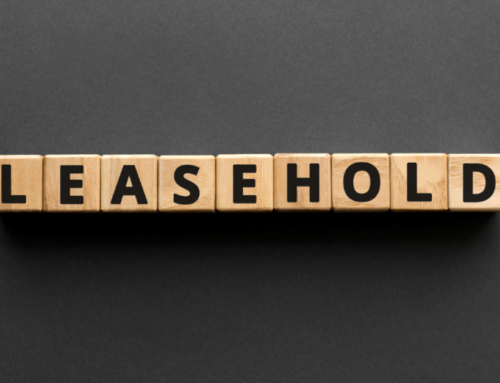The law allows you to make a statement about who will claim ownership of your assets when you pass away. It’s particularly important if your assets include land, but can also include assets and business relationships. The legal term for this is a Declaration of Trust
Declaration of Trusts – How is it done?
The most common way to declare a Declaration of Trust is to have it in writing, because it is a binding statement from the legal owner of an asset declaring he or she holds the underlying beneficial interest in the property.
Where two or more people own an asset they can also declare the trusts on which they hold the property for themselves or for others. This is often a sensible course of action is that it avoids future uncertainty or disputes over ownership and what was intended by the arrangement. Declarations of trust are normally associated with land, but they can be used for any other item such as a life policy, pension benefits or many other items.
Examples of Declarations of Trust
1. You buy a valuable piece of artwork and then declare a trust confirming you are holding it for a relative. Even if you keep the painting, your relative is still entitled to claim it.
2. You decide to buy a flat with a friend, but you provided the money for the deposit and you are both going to pay the mortgage.
3. You have set up a business with six other people and you purchase the premises for the business together, all contributing equally. It is only possible to have four names on the title deeds for property, so a Declaration of Trust by the four registered legal owners will protect the interest of the other equal owners.
If you would like to more information about Declarations of Trust or would like a Will professionally drafted by a solicitor’s firm, please contact Beeston Shenton’s Will Writer, Mike Cooper, on 01782 66 24 24 or e-mail mike.cooper@beestonshenton.co.uk.




